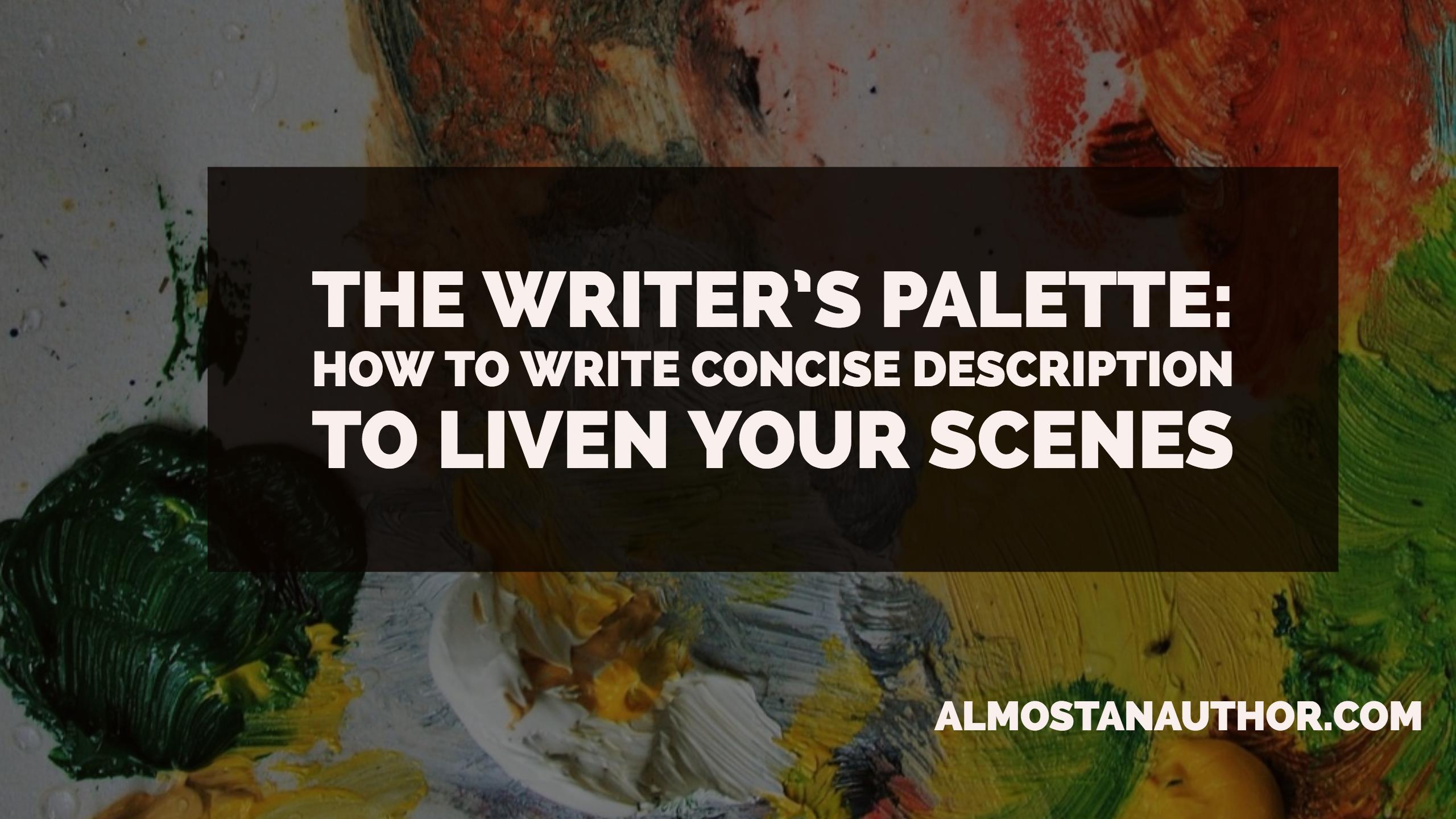
Flash Fiction-Splickety
Gotcha: Remembering the Resolution After the Twist-Andrew Winch
My favorite thing about flash fiction is the artistic freedom it allows. Within its rigidity, skilled writers can find…
February 16, 2017
My favorite thing about flash fiction is the artistic freedom it allows. Within its rigidity, skilled writers can find…
February 16, 2017
As writers, we have the power to tear down the boundaries of paper and ink when we craft a…
February 8, 2017
Andrew McCarthy, guest editor of The Best American Travel Writing 2015, says that the best travel writing is “the…
September 16, 2015